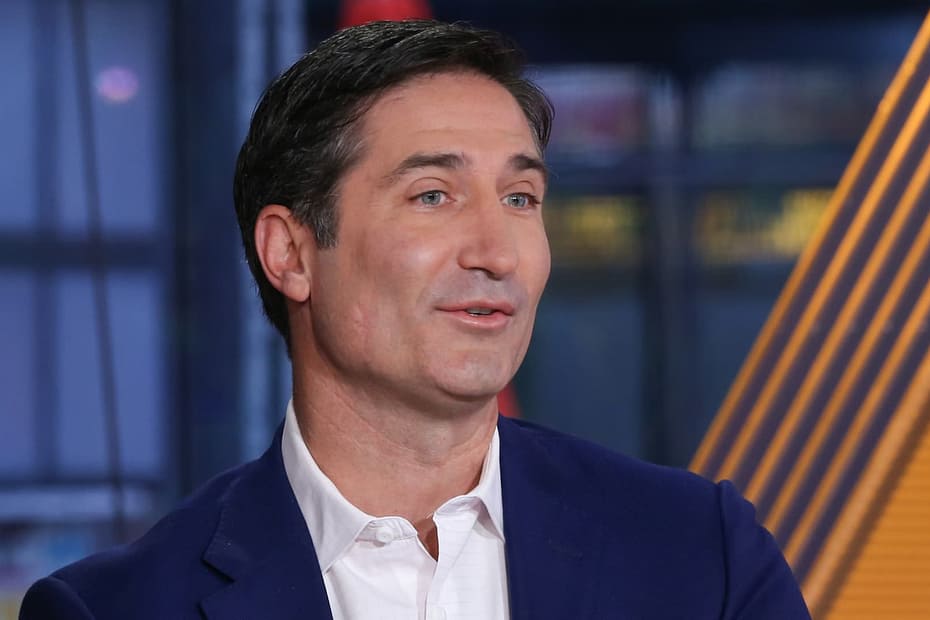Starbucks, the global coffee giant, reported its fiscal first-quarter results for 2024 on Tuesday, revealing a mixed performance. While its same-store sales dropped for the fourth consecutive quarter, its earnings and revenue outperformed Wall Street expectations. The company’s efforts to revive its U.S. business and improve its customer experience are starting to show some signs of progress, but there are still hurdles to overcome.
Quarterly Financial Highlights: Earnings Beat Expectations
For Q1 2024, Starbucks posted earnings of 69 cents per share, surpassing analysts’ expectations of 67 cents. The company’s net sales remained steady at $9.4 billion, which matched the previous year’s figures. Despite the decline in same-store sales, Starbucks managed to keep its earnings positive, largely due to cost-saving measures, including a pullback in discounts and menu adjustments.
Same-Store Sales Decline: U.S. and International Struggles
Starbucks’ same-store sales fell by 4% during the first quarter, driven primarily by a 6% drop in store traffic. This decline is a significant challenge for the coffee chain, especially in its domestic market. In the U.S., same-store sales slid 4%, with traffic down by 8%. Despite this, the company managed to reduce discounted transactions by 40%, helping to mitigate the impact on its revenue.
Internationally, Starbucks faced similar difficulties, with same-store sales in China falling by 6%. The company has been facing increased competition from local rivals like Luckin Coffee, which offer more affordable prices. However, Starbucks is actively exploring strategic partnerships and ways to strengthen its position in the region.
CEO Brian Niccol’s Turnaround Plan: Focus on Coffee and Customer Experience
Under the leadership of CEO Brian Niccol, who took over in September 2023, Starbucks has begun a turnaround plan aimed at revitalizing its U.S. business. This includes a renewed focus on Starbucks’ core product—coffee—and a commitment to improving the customer experience in-store. Niccol has emphasized that the company is working to streamline operations, reduce the number of discounted transactions, and improve its service speed.
One of the major initiatives under this plan is the reduction of the menu by 30% by the end of fiscal 2025. The goal is to simplify operations and focus on the most popular and profitable offerings. Additionally, the company has removed extra charges for nondairy milk options to attract more customers.
Efforts to Improve Service and Speed: New Technology and Store Renovations
Starbucks is also investing in new technology to enhance customer service. A new algorithm for managing mobile and in-store drink orders is being tested, which aims to alleviate the overcrowding at pick-up counters that often frustrate customers. This algorithm, along with the introduction of faster equipment, such as the Siren ice dispenser and milk-dispensing system, is expected to speed up drink preparation and improve customer satisfaction.
The company is also focusing on store renovations and strategic store closures to optimize its store portfolio. According to Niccol, Starbucks sees potential for long-term growth, particularly in the U.S. market, where the company believes it can double its store count.
Challenges and Future Outlook: Navigating a Competitive Landscape
Despite the challenges Starbucks faces in both the U.S. and international markets, the company remains cautiously optimistic about its future. Niccol has expressed confidence in the company’s ability to bounce back, particularly in China, where Starbucks continues to explore partnerships to improve its market share.
However, there are concerns about how the company will navigate its financial challenges, particularly in light of its decision to scale back its fiscal 2025 forecast. With reduced capital expenditure for store expansion and renovations, Starbucks will need to make strategic decisions to balance growth with profitability.
Starbucks’ Path to Recovery
While Starbucks’ performance has been mixed in the recent quarter, its focus on improving customer experience, simplifying its menu, and investing in new technology positions it for potential recovery. The company’s decision to streamline operations and reduce discounts could help boost profitability in the long term. As Starbucks continues to make adjustments to its strategy, it remains to be seen whether the company can reverse its declining sales and regain momentum in its key markets.

